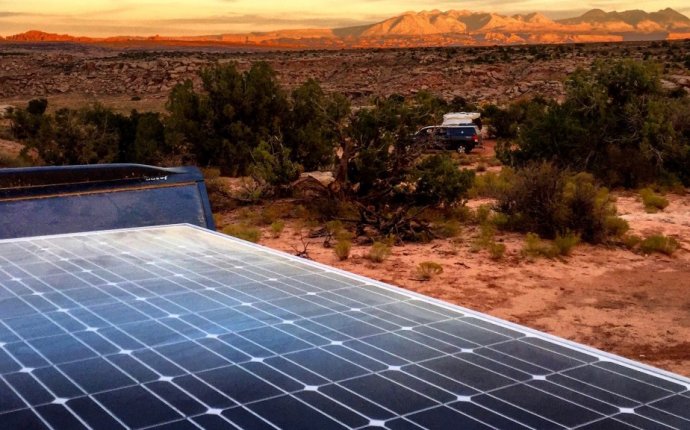
Installation of solar Power
 More than a million homes have already gone solar in the U.S., and many more homeowners are considering installing solar. If you’re in the market for solar, you probably want to know what actually happens during a solar panel installation. There are five big steps that need to happen after you sign your solar contract before the solar panels on your roof can actually power your home, and a lot of it is behind the scenes. To show you what you can expect, we’ve outlined a simple five-step guide for the typical solar installation process.
More than a million homes have already gone solar in the U.S., and many more homeowners are considering installing solar. If you’re in the market for solar, you probably want to know what actually happens during a solar panel installation. There are five big steps that need to happen after you sign your solar contract before the solar panels on your roof can actually power your home, and a lot of it is behind the scenes. To show you what you can expect, we’ve outlined a simple five-step guide for the typical solar installation process.
It’s always good to start with a broad overview. Start out by watching EnergySage’s time-lapse video, Solar Installation in Less Than a Minute, which shows one of EnergySage’s pre-screened solar installers assemble a 6.7 kW solar energy system on a home in Newton, Massachusetts. The happy homeowners now save $2, 250 on their electricity bills every year thanks to their new solar panels, and will break even on their investment in just five years.
Installing solar panels doesn’t happen overnight – there’s a process for what needs to happen to get your panels ready to begin powering your home. Overall, from the day you sign your contract with your installer, it will typically take between one and three months before your solar panels are grid-connected and producing energy for your home. We’ve outlined the five step solar panel installation guide below:
Engineering site visit: the first step to getting your solar system installed
After you sign your solar contract (whether it be a lease, loan, cash purchase or power purchase agreement), an engineer will come by your property to evaluate the electrical status of your home and ensure everything is compatible with your new energy system. This engineer will typically work directly for your installer, but could also be an independent provider contracted by your installer. You can expect the engineering site visit to occur soon after signing with your installer.
During the visit, the engineer will evaluate the condition of your roof to ensure that it’s structurally sound. He or she will also look at your electrical panel – the grey box in your basement – to see if you’ll need to upgrade it. If you hear from an installer that they need to upgrade the electrical panel, that means that your new solar panels will require more amps of current and the ampere capacity of your electrical box will need to increase.
It should be noted that this engineer visit is different than a general site visit which is when an installer evaluates your property to consider system size, roof type, angle of roof, shading, etc. before any contract is signed. Additionally, though an engineer will typically come by, in some cases the installer can take photos of the property and conduct their own measurements of the roof and the engineer will be okay with signing off without doing his or her own visit.
Permits and documents: the logistical paperwork required for your solar panel installation
As with any big financial decision, installing solar panels involves a lot of paperwork. Luckily, most of this paperwork is dealt with by the installer – regardless, it’s always a good idea to know what’s going on behind the scenes of your solar installation. One of the main things you’ll be applying for will be state and federal solar incentives such as the federal ITC, local solar programs, clean energy financing initiatives like PACE, government rebates and solar renewable energy certificates (SRECs).
In addition to applying for incentives, you will need to fill out other paperwork like building permits. These permits are specific to where you live. For example, certain states require that a roof has three feet of clear space surrounding the solar panels, whereas other areas of the U.S. will allow you to install panels across the entire surface of your roof. Your installer will know the restrictions and requirements of the states in which they operate, and can help you figure out which permits you need – in many cases, the installer will fill out this paperwork for you.
The time frame for this step is mainly dependent on how long it takes your installer to get it all finished and submitted. If you’re eager to get your panel system up and running immediately, just make sure to follow up with your installer to check on the progress of your paperwork.
Ordering equipment: choosing the panels and inverters and getting your solar panel installation scheduled
Now that you’re set up with the proper paperwork, your installer will be ready to place an equipment order through their primary distributor. At this point, you will have already decided on the equipment your system will include – that decision occurs before the contract sign.
However, if you’re looking for advice on equipment selection, here are some things to consider. The two primary components you’ll need to evaluate for your system are solar panels and inverters. Your installer will likely recommend a particular brand for each, and will additionally offer a few alternatives. Durability, efficiency and aesthetics are the primary factors most homeowners will use to compare the various brands (other than price).
To be certain that you’ve chosen the right equipment for your system, spend some time researching microinverters vs. string inverters vs. power optimizers and look into the best-rated solar panels on the market. Evaluating your equipment options can help you feel prepared for the ordering and shipment stage of the solar panel installation process.
Once the equipment ordering process is complete, your property is added to your installer’s queue.Your equipment (panels and inverters) will likely arrive on the day of your installation, which can happen whenever your paperwork is approved (typically within one to two months). Time until install also depends on how many projects your installer has in their queue. If possible, try to get your solar installation done in the winter when solar companies aren’t as busy.









